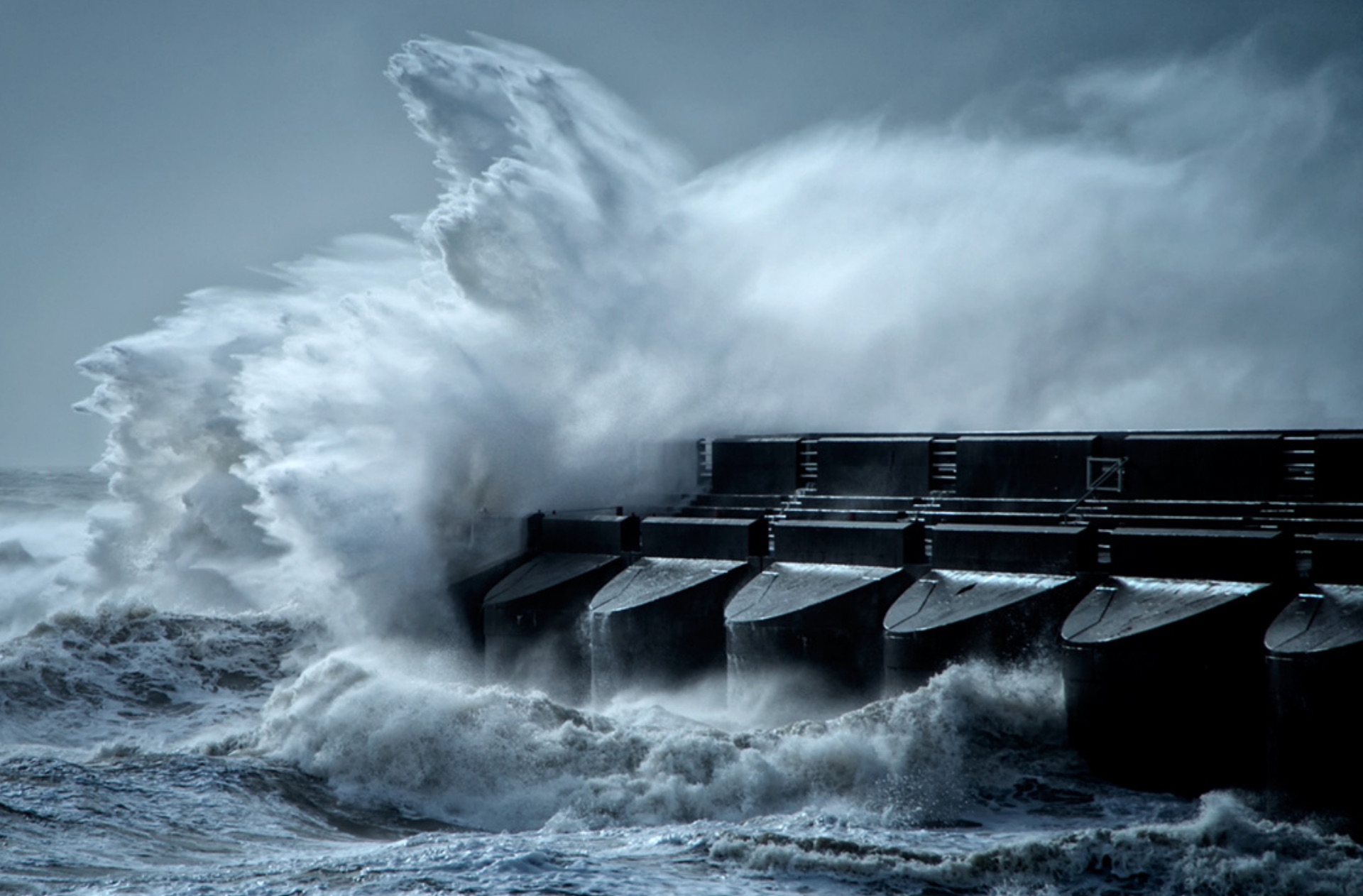Since we published our quarterly market commentary last month, a lot has changed in the markets despite any materially positive change in the economic data or in the Federal Reserve’s messaging. Stock markets have rallied considerably. Since the end of the second quarter through August 15th, the S&P 500 is up over 9% and the Nasdaq is up more than 12% driven by a decent earnings season, optimism that inflationary pressures have peaked, and speculation that the Fed may not be as hawkish as its communications would indicate. Interest rates have also dropped considerably, with the 10-year Treasury falling from its June peak of nearly 3.5% to a low of around 2.6% before rebounding in August to 3.1%. Market participants are rejecting the “Don’t Fight the Fed” strategy in favor of calling its bluff. [1]
Who will win out in this battle royale? Our money is on the Fed. While there has been some improvement in inflation (July CPI dropped to 8.5% from 9.1% in June), inflation remains extremely elevated relative to history and the current Fed Funds rate of 2.5%. [2] The July decline was driven by a sharp drop in energy prices but was offset by rising inflation in other areas, especially food and services. Certain components of inflation, particularly housing costs, are on a lag. Rents have been increasing at double-digit rates for the last year and will continue to exert upward pressure on inflation for up to a year, even if they stabilize at these higher levels. We think it is mathematically unlikely that inflation will fall below 6% by the end of the year, which is still twice the current Fed Funds rate.
Second quarter earnings season appeared strong on the surface. As of August 4th, with 87% of S&P 500 companies reporting, earnings grew 6.7% year-over-year, the strongest growth since 2020. We believe this robust earnings growth must be taken with a grain of salt. The energy sector reported an eye-popping 299% earnings growth as energy companies cashed in on skyrocketing gasoline prices. Excluding the energy sector results in a 3.7% decline in earnings for the remainder of the S&P 500. [3] Furthermore, since the monetary tightening has occurred so quickly, financial conditions were not nearly as tight for most of the second quarter as they are now. The effects of Fed policy decisions have only just begun to hit corporate balance sheets and the repercussions are likely to worsen assuming the Fed continues to hike rates and reduce the size of its balance sheet.
We are maintaining our defensive positioning by holding cash across most of our model portfolios and are carefully watching developments in key areas of risk: the housing market, China’s property market and banking system, overleverage in CMBS (particularly offices) and the evolving geopolitical situations in Ukraine and, potentially, Taiwan.
The Inflation Reduction Act (IRA): A $370 Billion Climate Goodie Bag
President Biden signed a sweeping $370 Billion dollar Inflation Protection Bill into law this past Tuesday making it the biggest thing Congress has done on climate – ever. The bill has a lot of the most important components of the Build Back Better legislation that stalled in the Senate, including long-term tax credits for clean electricity, clean fuels, carbon capture and sequestration, clean hydrogen, and direct air capture. It also includes incentives for clean energy technology manufacturing, authorization for major new loan guarantees, and a scaled-back tax credit for new electric and fuel cell vehicles.
On its face, the passage of the IRA puts the US on track to meet its climate commitments, but it doesn’t get us all the way there. When President Biden reentered the US into the Paris Agreement, he committed to net GHG reductions of 50-52% compared to 2005 levels by 2030. The Rhodium Group, an economic policy think tank, increased its estimate for a 24-35% cut in US net GHG emissions based on current policies to a likelier 31-44% reduction following the passage of the bill, an improvement that still falls short of our Paris target. There is still a need for innovation and investment beyond the scope of the IRA. Current policy and markets simply won’t get us to the level of decarbonization needed to avoid the worst impacts of climate change. [4]
Reasons for Optimism [5]
- This year, projections of US economic growth have lowered from a 2.1-2.2% to 1.8-1.9% average annual growth rate through to 2035. The compounding effect of this lower growth rate is significant. A lower GDP in the model means less industrial output and less demand for fuels and feedstocks. This also flows through to less energy used in freight transportation, as well as in less disposable income in consumers’ pockets. All of these flows have knock-on effects, reducing overall greenhouse gas emissions.
- Upwards revision of expected fossil fuel prices driven by the war in Ukraine. More expensive oil and gas drives further adoption of cheaper renewables, which decreases emissions. Our lowest emission scenario (35% reduction by 2035) assumes a combination of very cheap wind and solar and relatively expensive oil and gas prices.
- Continued improvements in cost and performance of cleantech absolutely play a role in decreasing emissions intensity. In the power sector, technological improvement and learning have enabled wind and solar to reduce both their upfront and expense costs, making them more cost competitive against oil and gas. The transportation industry is following similar trends. Using EV battery prices from Bloomberg New Energy Finance, our most optimistic scenario shows that EVs could make up as much as 62% of light-duty vehicle (LDV) sales by 2035. In that low emissions scenario, gasoline is getting more expensive while EV battery prices are declining.
What role does nuclear, green hydrogen, carbon capture play in these projections?
While these emerging technologies are on the verge of commercialization, largely from the investments related to last year’s Infrastructure Bill, we’re not seeing a lot of deployment under the current policy. They play a minor role in our current modeling but are important investments nonetheless to determine what additional policy could do through 2035 and beyond to achieve decarbonization goals.
Concerns with IRA [6]
At first glance, this looks like a relatively balanced approach to using taxpayer money in the fight against climate change and reduce national GHG emissions. This bill was different than previous “green” bills in that there is a clear focus on building up our domestic manufacturing in the clean energy and electric vehicle space, and not just focusing on bolstering the demand side of the equation. We haven’t seen experts comment much on whether these incentives will move the needle in developing the domestic supply side of the clean energy industries or how long it will take to see meaningful improvements. China dominates the solar, wind, and electric vehicle battery space today.
Some demand-side components of this bill in the near-term are going to strengthen Chinese industries, especially solar. Also, it appears that the staff members writing the bill didn’t necessarily have a grasp on the realities of the clean energy space. As an example, criticism is currently floating around about how the $7,500 credit for an EV requires a battery that doesn’t exist. The bill requires 40% of minerals in the battery to be sourced from North American or free-trade partners, but the current control that China has within the battery space (including ownership of the cobalt mining within the Democratic Republic of Congo) means no one will be able to take advantage of the credit.
Here is a breakdown by NGO trackers on what the bill is actually funding, which will be updated in real time as we learn more about the legislation.
Below is a brief static summary:
Energy
$30B in production tax credits for solar, wind, batteries, minerals
$10B investment tax credit for clean tech manufacturing
$27B GHG reduction fund
$500M in the Defense Production Act for heat pumps
$900/ ton methane fee
Transportation
$7,500 tax credit for new EVs
$20B to build new clean vehicle manufacturing facilities
$3B to electrify the United States Postal Service delivery fleet
$3B for zero-emission ports
$1B for zero-emission trucks and buses
Built Environment
$9B in consumer home energy rebate programs
10 years of consumer residential energy tax credits for heat pumps, rooftop solar, HVAC, and water heaters
$1B energy efficiency grant program
Carbon
Extension and modification of the Carbon Capture tax credit
Industry
$5.8B to reduce emissions from chemical, steel and cement plants
$5.7B of federal procurement for low-carbon material investments
Ag & Land Use
$20B to support climate-smart ag practices
$5B to support reforestation, conservation, wildfire prevention
$2.6B in grants for coastal habitats
Enviro Justice
$5B EPA funding to reduce climate pollution
$6B to invest in community led enviro health projects

Source: ZERO LAB, Princeton University, August 2022 [7]
Conclusion
Perfection cannot be the enemy of progress and although the IRA bill doesn’t get us to our decarbonization goals on its own, it represents our largest legislative victory to date and substantial progress. To close the gap the rest of the way, the US will likely need to align with some other policies already embraced by Europe, such as a carbon tax system and phasing out an eventual ban on future production of internal combustion engines. Current estimates are that this $370 Billion dollar bill will drive ~$3.5T in cumulative capital investment into new and old American supply infrastructure over the next decade. Highlighting for investors, start-ups, and companies some of the best investment opportunities of the next 10 years.
_______________________________________
[1] All performance data sourced from Bloomberg as of August 23, 2022.[2] Inflation data sourced from Bloomberg as of August 23, 2022.
[3] Factset Earnings Insight, August 4, 2022, https://advantage.factset.com/hubfs/Website/Resources%20Section/
Research%20Desk/Earnings%20Insight/EarningsInsight_080522A.pdf
[6] https://media-exp1.licdn.com/dms/document/C561FAQFwpfK3rJ6V3g/feedshare-document-pdf-analyzed/0/1660257323523?e=1661385600&v=beta&t=4rjk2I-i_9KHBdYU27nXwjtogVblcppaYhm73li8NSM
[7] ZERO LAB, Princeton University, August 2022, https://repeatproject.org/docs/REPEAT_IRA_Prelminary_Report_2022-08-04.pdf


